Geomorphic Analysis
Geomophic analysis is significance for terrain analysis, planning environmental and disastrous management. The significance attributes are field data and morphometric parameters. which can be achieved with the help of various techniques as Remote Sensing, GIS and various morphometric and geomorphic indices. These attempts are applied for resource evolution of terrain environmental impact presented into six chapters.
Chapter one introduces hypothesis and objectives, Physiographic character and geology. Second chapter devoted to the use of remote sensing techniques for the geomorphic mapping and analysis. chapter Third deals with methods of drainage basin morphometric analysis In the various parameters of linera, aerial and relief aspects are discussed. Chapter Fourth discusses parameters of geomorphic indices mainly hypsometric, drainage basin asymmetry, gradient and sinuosity. In the chapter five various terrain characters such as geology landscape and land forms are explained with gave significance of the erosional tectonic aspects. This is supplemented number of field photographs. Last six chapters discuss the results of remote sensing data drainage morphometry geomorphic indices and field characters. It also briefly explains relationships between geomorphic factors and fluvial phenomena's and tectonics to through the light on river capture landscape evolution.
Get it now and save 10%
BECOME A MEMBER

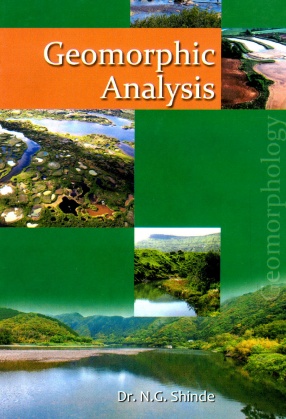
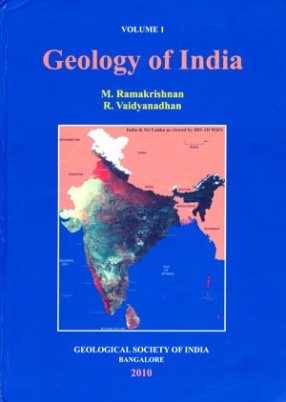
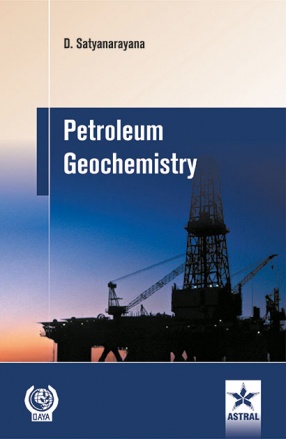
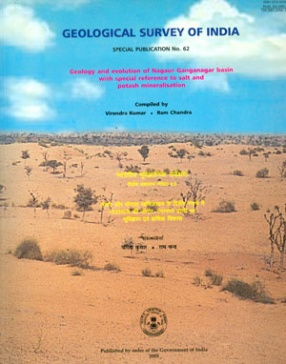
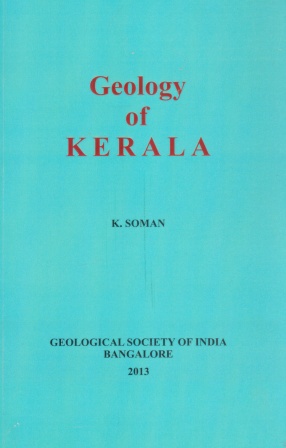

Bibliographic information